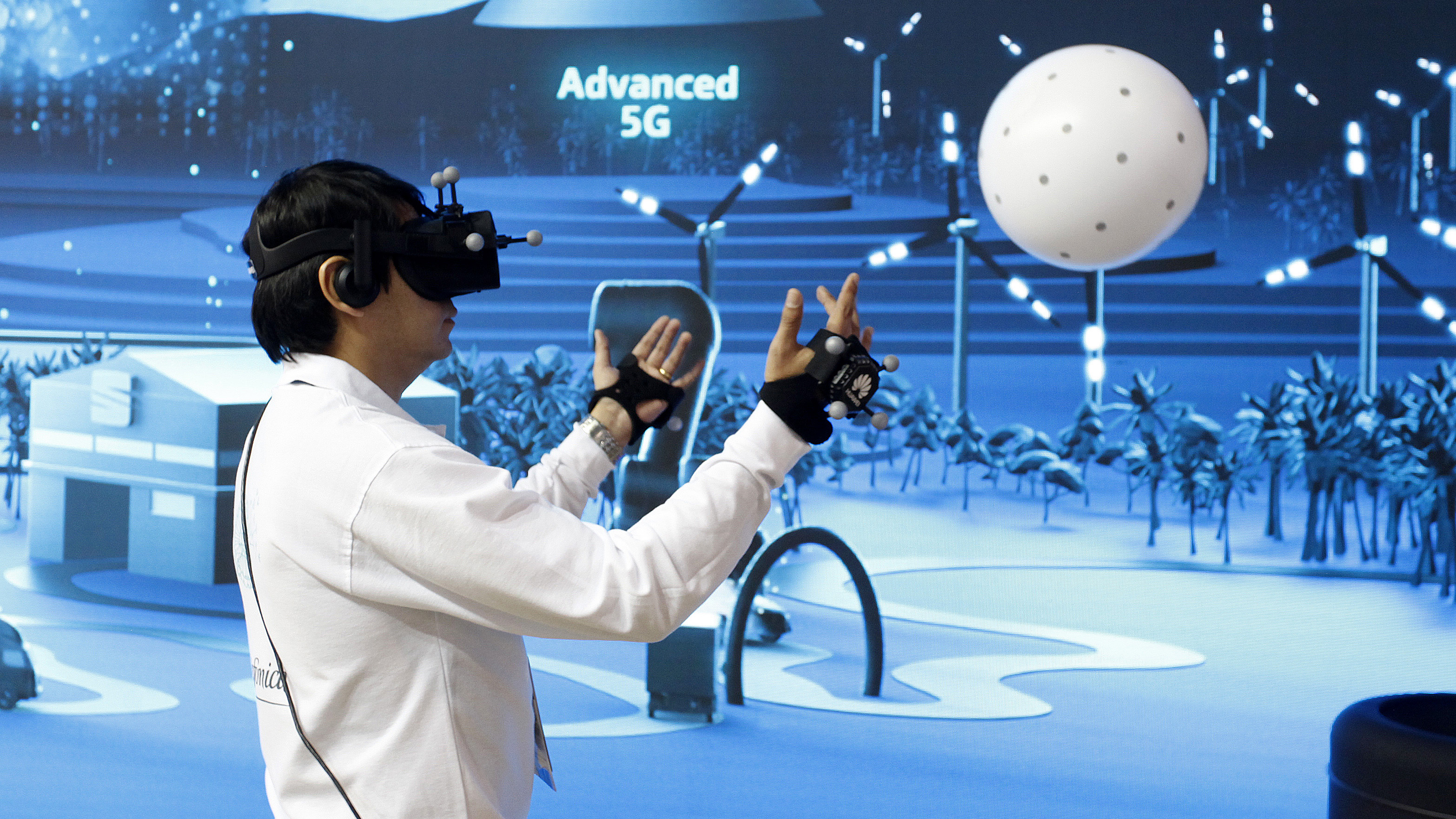Telefónica’s 5G RAN is 90% more energy efficient than 4G
Nokia has announced today that and Telefónica’s 5G RAN is 90 percent more energy efficient, per traffic unit, than its legacy 4G network.

Energy efficiency is of paramount importance to mobile network operators rolling out new 5G infrastructure, with more focus than ever on the environmental impact of new technology. This has led to the introduction of smarter and more automated ways to plan a 5G network, more efficient 5G phones, as well as a huge amount of research and development within the semiconductor industry, with some companies even looking to move beyond silicon in favour of more energy efficient materials.
When it comes to 5G, energy efficiency is front and center, and a new study by Nokia and Telefónica has found that 5G networks are up to 90 percent more energy efficient per traffic unit than legacy 4G networks.
"Nokia’s technology is designed to be energy efficient during use but also require less energy during manufacture."
Tommi Uitto, Nokia.
“Our greatest contribution to overcoming the world’s sustainability challenges is through the solutions and technology we develop and provide,” said Tommi Uitto, President of Mobile Networks at Nokia. “We place huge importance on this. Nokia’s technology is designed to be energy efficient during use but also require less energy during manufacture. This important study highlights how mobile operators can offset energy gains during their rollouts helping them to be more environmentally responsible while allowing them to achieve significant cost savings.”
Supporting action on climate change
The research, which was conducted over a three-month period, and it focused on the power consumption of the Radio Access Network (RAN) in Telefónica’s network.
“We are proud to work collaboratively with Nokia on this project and others to address a range of initiatives including driving energy efficiencies in the 5G era.”
Juan Manuel Caro, Telefónica.
“We are committed to supporting action on climate change and engender a sustainable culture throughout our entire company,” said Juan Manuel Caro, Director of Operational Transformation at Global CTIO at Telefónica. “We are proud to work collaboratively with Nokia on this project and others to address a range of initiatives including driving energy efficiencies in the 5G era.”
According to Nokia, extensive testing examined eleven different pre-defined traffic load scenarios, which measured the energy consumed per Mbps based on the traffic load distribution.
“The results highlighted that 5G RAN technology is significantly more efficient than legacy technologies when it comes to energy consumption per data traffic capacity with several hardware and software features that help to save energy,” Nokia said.
Get up to speed with 5G, and discover the latest deals, news, and insight!
The study was completed using Nokia’s AirScale portfolio, including AirScale Base Stations and AirScale massive MIMO Adaptive Antenna solutions.
“5G is a natively greener technology with more data bits per kilowatt of energy than any previous wireless technology generation,” Nokia said. “However, 5G networks require further action to enhance energy efficiency and minimize CO2 emissions that will come with exponentially increased data traffic.”
Through 2019 Nokia modernized a number of its mobile sites, which led to 46 percent less energy being consumed at these customer base station sites.
- Why 5G small cells are vital for mmWave 5G
- Get updates on the hottest 5G stocks
- Discover the truth behind 5G dangers
- 5G towers: everything you need to know
Dan is a British journalist with 20 years of experience in the design and tech sectors, producing content for the likes of Microsoft, Adobe, Dell and The Sunday Times. In 2012 he helped launch the world's number one design blog, Creative Bloq. Dan is now editor-in-chief at 5Gradar, where he oversees news, insight and reviews, providing an invaluable resource for anyone looking to stay up-to-date with the key issues facing 5G.

